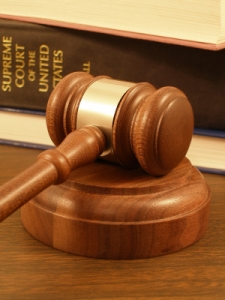 If you sustain some injuries in a car accident, you should know the legal issues involved. In most states, the driver who caused the accident will be liable to pay for any injuries or damages resulting from the crash. However, the driver-at-fault will not pay the amount. Rather, it is his or her insurance company that will be involved directly with you in negotiating and making the payment. The driver-at-fault is involved in the payment through the premiums he pays to his or her insurance company.
If you sustain some injuries in a car accident, you should know the legal issues involved. In most states, the driver who caused the accident will be liable to pay for any injuries or damages resulting from the crash. However, the driver-at-fault will not pay the amount. Rather, it is his or her insurance company that will be involved directly with you in negotiating and making the payment. The driver-at-fault is involved in the payment through the premiums he pays to his or her insurance company.
Determining the Driver at Fault in an Accident
In majority of states, it is easy to determine which driver was at fault in an accident. Read more about it at http://www.siegfriedandjensen.com/practice-areas/auto-accidents. While the laws in different states have an impact on what happens after an accident, determining the person at fault is usually the most important part.
In some accidents, it may be obvious which driver caused the accident. For example, when a drive flouts traffic rules and more than three impartial witnesses confirm the action, the he or she will be held responsible.
However, sometimes determining the person at fault may not be easy. To help you with this, check the site at http://www.encyclopedia.com/topic/Lawyer.aspx. To prove the driver liable for the accident, a few things may have to be proven including these two:
- A duty was breached
This means it must be proven that the accused driver was negligent in fulfilling his duty while on the road. This means the driver must have acted in a manner that a reasonable driver would not have acted. For example, if a driver speeds near a school and knocks down a child, he will be held liable for the accident since a reasonable driver is expected to slow down in areas where children are expected.
- A legal duty was owed
Drivers have a legal duty to be careful on the road to ensure the safety of their passengers as well as other people using the road. Drivers who do not operate with reasonable standard of care will be held responsible for accidents resulting from their actions or in-actions.
However, the laws and rules of car accidents vary from state to state and some accidents can be complicated. For example, who will be responsible for making payments if more than one driver is injured in the accident? What about states where “no fault” insurance applies? These and similar questions can leave you confused. However, an accident lawyer from the site at http://www.siegfriedandjensen.com/practice-areas/auto-accidentscan clearly explain the answers to the questions and help you if you are involved in an accident.
